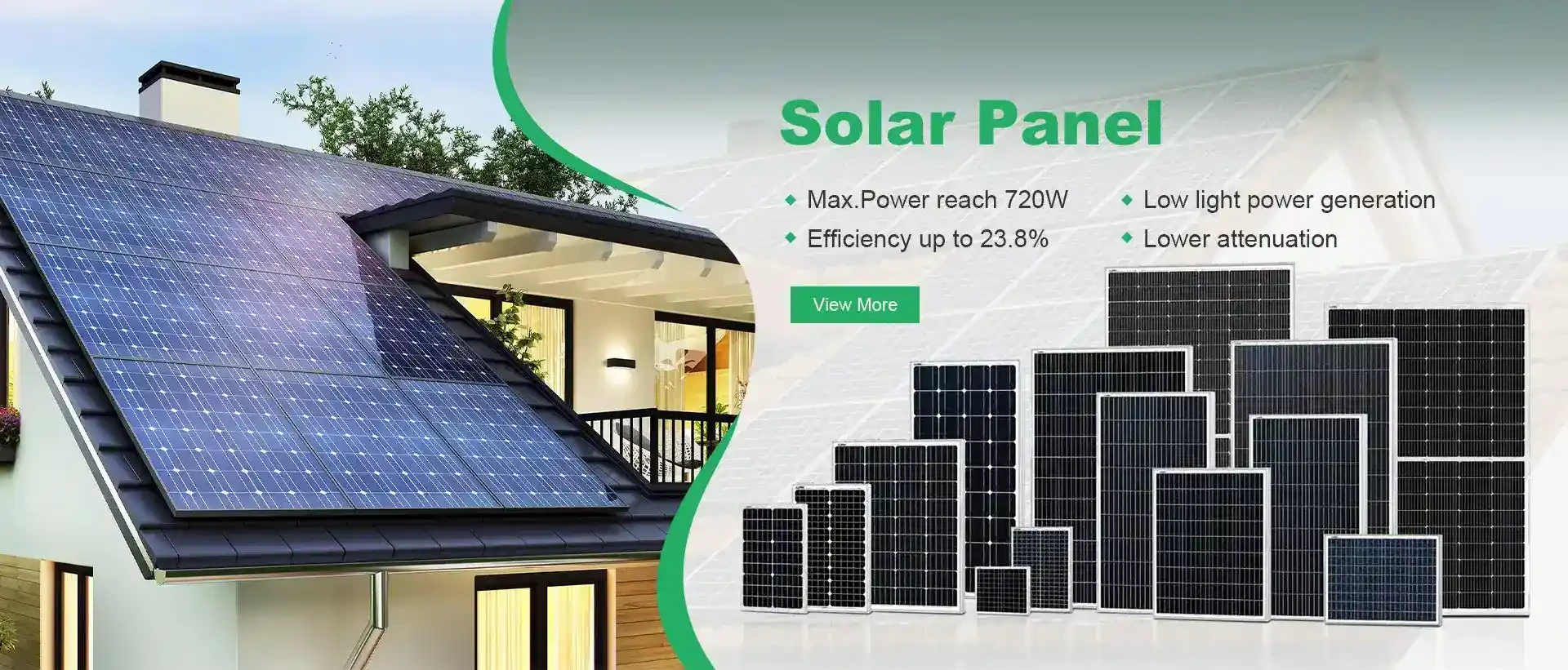Calculating Solar Inverter String Design for Optimal Performance and Efficiency
Understanding Solar Inverter String Design Calculations
Solar energy has become one of the most viable options for sustainable power generation, and solar inverters play a critical role in this process. They convert the direct current (DC) generated by solar panels into alternating current (AC) that can be used by home appliances or fed into the power grid. To optimize the performance of solar systems, particularly in large installations, it's essential to focus on inverter string design calculations.
What is String Design?
String design refers to the configuration of solar panels and inverters in a solar power system. A string typically consists of a series of solar panels connected in series. The design of these strings directly impacts the voltage and current that the inverter will handle. A well-designed string ensures that the system operates efficiently under varying environmental conditions, maximizes energy output, and prevents potential damage to the inverter.
Key Parameters to Consider
1. Panel Specifications The output voltage and current of solar panels vary based on their specifications. It's vital to consult the datasheets of the chosen panels to gather data about their open-circuit voltage (Voc), short-circuit current (Isc), and operating voltage at maximum power (Vmp).
2. Design Voltage The inverter has a specified input voltage range. When designing a string, the total voltage of the series-connected panels should not exceed the maximum input voltage of the inverter. For example, if a panel has a Voc of 38V, and you connect 10 panels in series, the total would be 380V, which must stay within the inverter's limits.
3. Temperature Coefficients Temperature significantly affects solar panel performance. As the temperature rises, Voc decreases. Therefore, it’s crucial to calculate the expected temperature variations in your location and account for them in your design. The lowest expected temperatures will influence how many panels can be connected before exceeding the maximum input voltage during colder days.
solar inverter string design calculations

4. Shadow and Orientation Partial shading from trees, buildings, or other structures can decrease energy production. Hence, it's advisable to design strings that minimize the impact of shading. This could involve using optimization technologies or even micro-inverters that allow for individual panel performance monitoring.
5. Inverter Sizing Matching the inverter capacity with the total expected output is crucial. An undersized inverter could result in clipping during peak conditions, where excess energy is wasted. Conversely, an oversized inverter may not operate efficiently at lower outputs. A common practice is to oversize the inverter slightly (usually by about 10-20%) to accommodate unexpected peak outputs.
6. String Sizing Best practice often suggests limiting the number of panels in a string to 12 to 15, depending on the voltage and the inverter specifications. This balance helps in maintaining optimal performance and reducing voltage drop.
Testing and Validation
After the initial design, it's essential to test the system's performance. Simulations using software tools can provide insight into how the system will respond under various conditions. Following installation, regular monitoring ensures that all components function correctly, allowing for adjustments if necessary.
Conclusion
In conclusion, solar inverter string design calculations are vital for the efficiency and longevity of solar power systems. By carefully considering panel specifications, environmental factors, and inverter capabilities, designers can create optimized systems that maximize energy production while ensuring reliability. As solar technology continues to evolve, the importance of precise string design will likely increase, making it a fundamental aspect of solar energy implementation. Ultimately, thoughtful design not only enhances productivity but also contributes to the overall effectiveness of solar energy in combating climate change.
-
Understanding the Advantages of Solar String Inverters for Your Energy SystemNewsApr.29,2025
-
Choosing the Right PV Inverter: A Comprehensive GuideNewsApr.29,2025
-
The Future of Solar Power: Exploring Bifacial Solar PanelsNewsApr.29,2025
-
The Complete Guide to Solar Panels: Efficiency, Cost, And InstallationNewsApr.29,2025
-
The Best Options for Efficiency and Cost-EffectivenessNewsApr.29,2025
-
Harnessing the Power of Off-Grid Solar Inverters for Energy IndependenceNewsApr.29,2025







